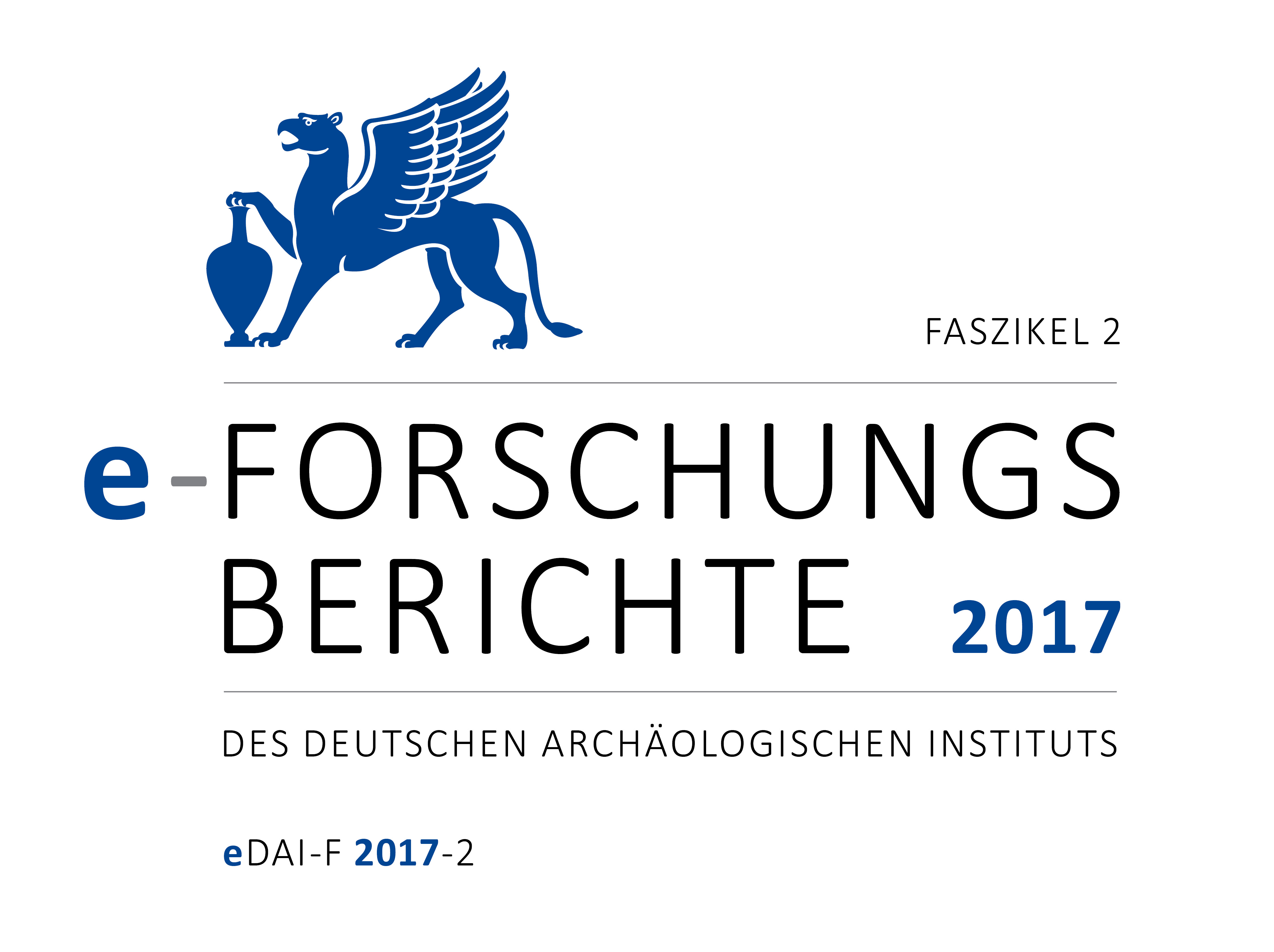Göbekli Tepe, Türkei. Modifizierte menschliche Schädelfragmente vom Göbekli Tepe belegen eine neue Form Neolithischen Schädelkultes. Erste Ergebnisse der anthropologischen Untersuchungen der menschlichen Skelettreste aus den Grabungen 1997–2014
https://doi.org/10.34780/2g24-e9g1
Περίληψη
The Stone Age ritual site at Göbekli Tepe in Southeast Turkey has intrigued scientists for more than two decades. The monumental structures, which were first erected here some 11.000 years ago, feature fabulous animal depictions in low and high relief, as well as representations of humans, one of which is missing its head. These images testify, among other things, to a clear ritual function of the buildings. The intentionally modified fragments of three human skulls, which were discovered in close association with the edifices, are strongly suggestive of a new and previously unknown type of mortuary cult at this time.
Λήψεις
Δημοσιευμένα
2017-12-07
Τεύχος
Ενότητα
Artikel
##plugins.pubIds.zenon.displayFrontendLabel##
Πώς να δημιουργήσετε Αναφορές
Gresky, J., Haelm, J. and Clare, L. (2017) “Göbekli Tepe, Türkei. Modifizierte menschliche Schädelfragmente vom Göbekli Tepe belegen eine neue Form Neolithischen Schädelkultes. Erste Ergebnisse der anthropologischen Untersuchungen der menschlichen Skelettreste aus den Grabungen 1997–2014”, e-Forschungsberichte des DAI, pp. 173–178. doi:10.34780/2g24-e9g1.





